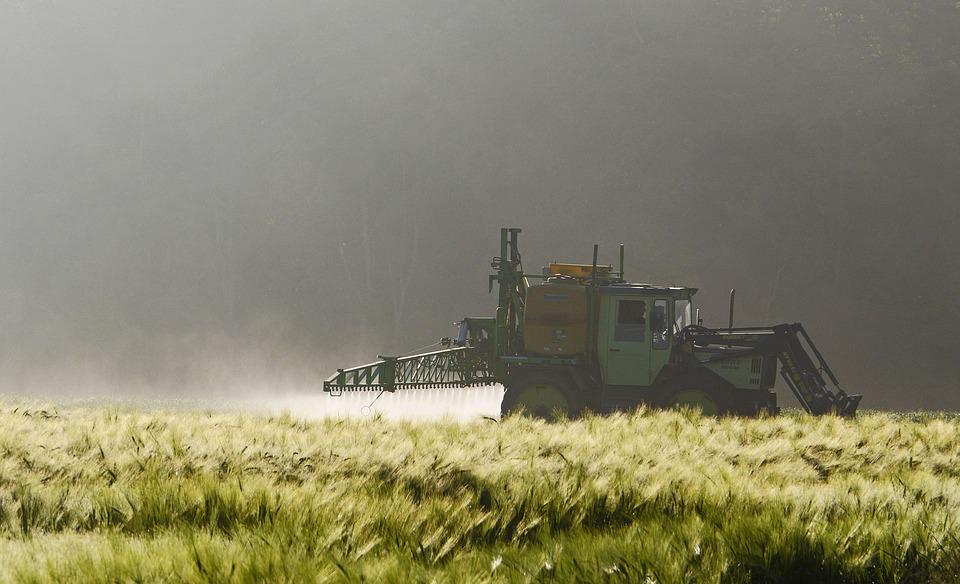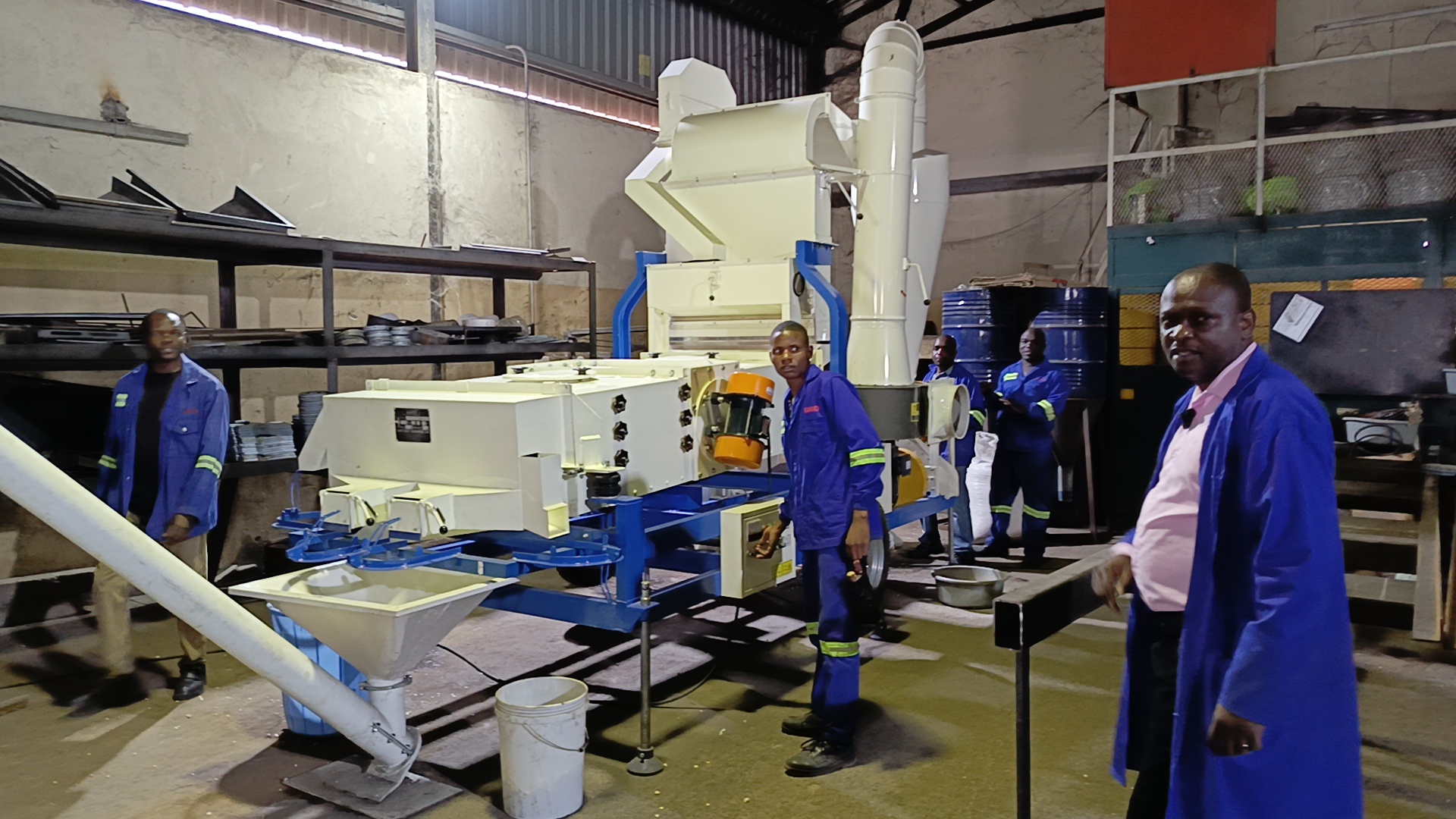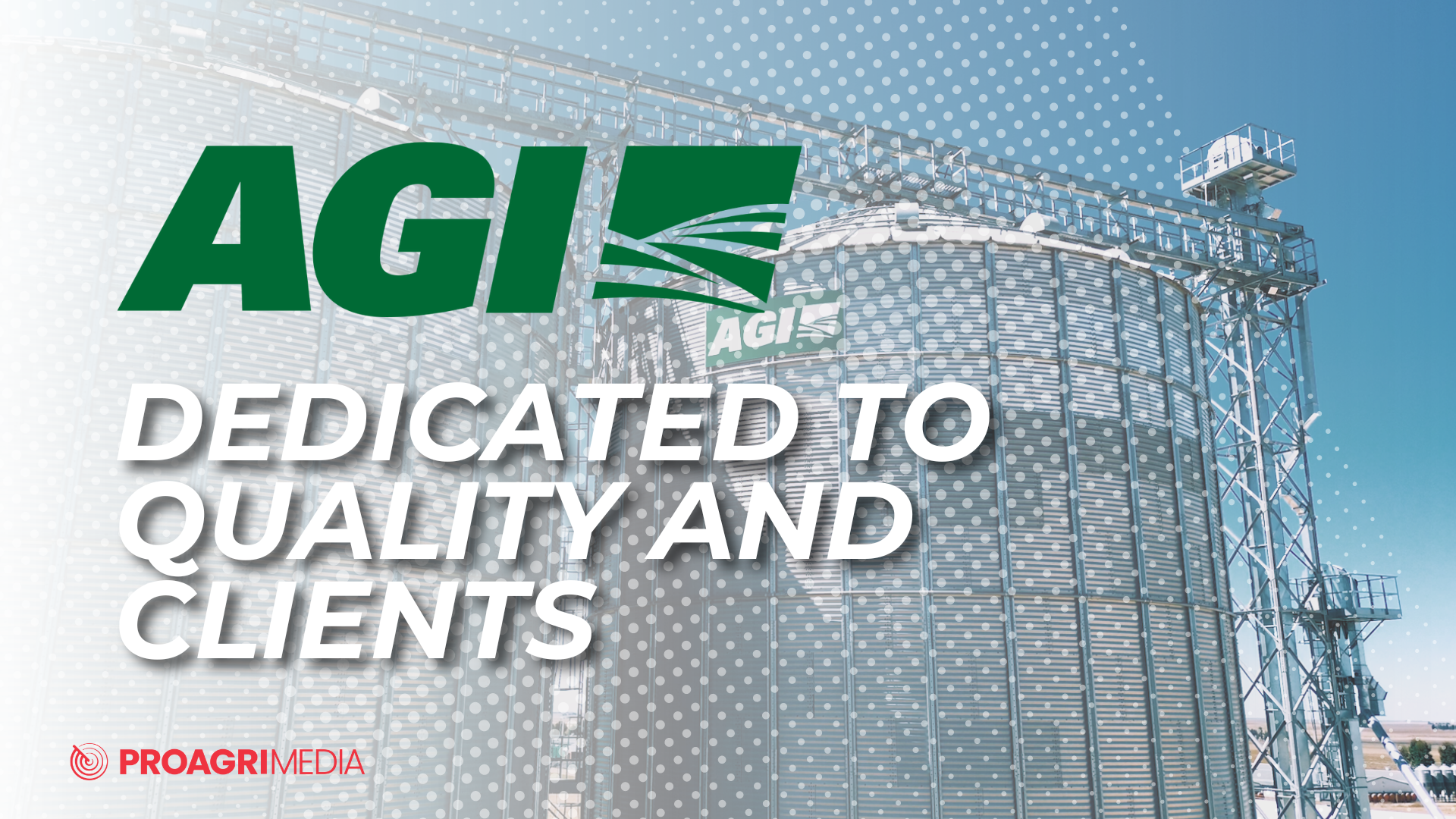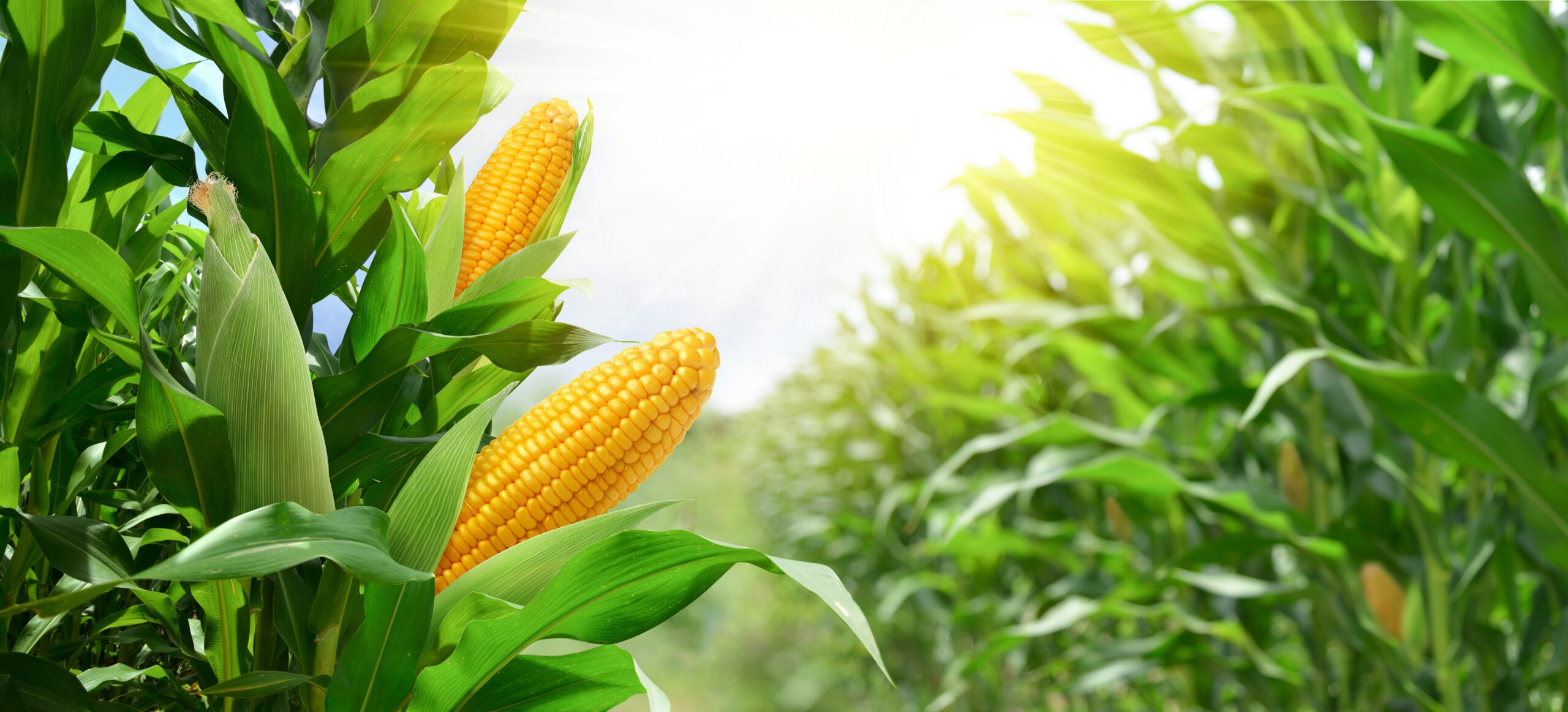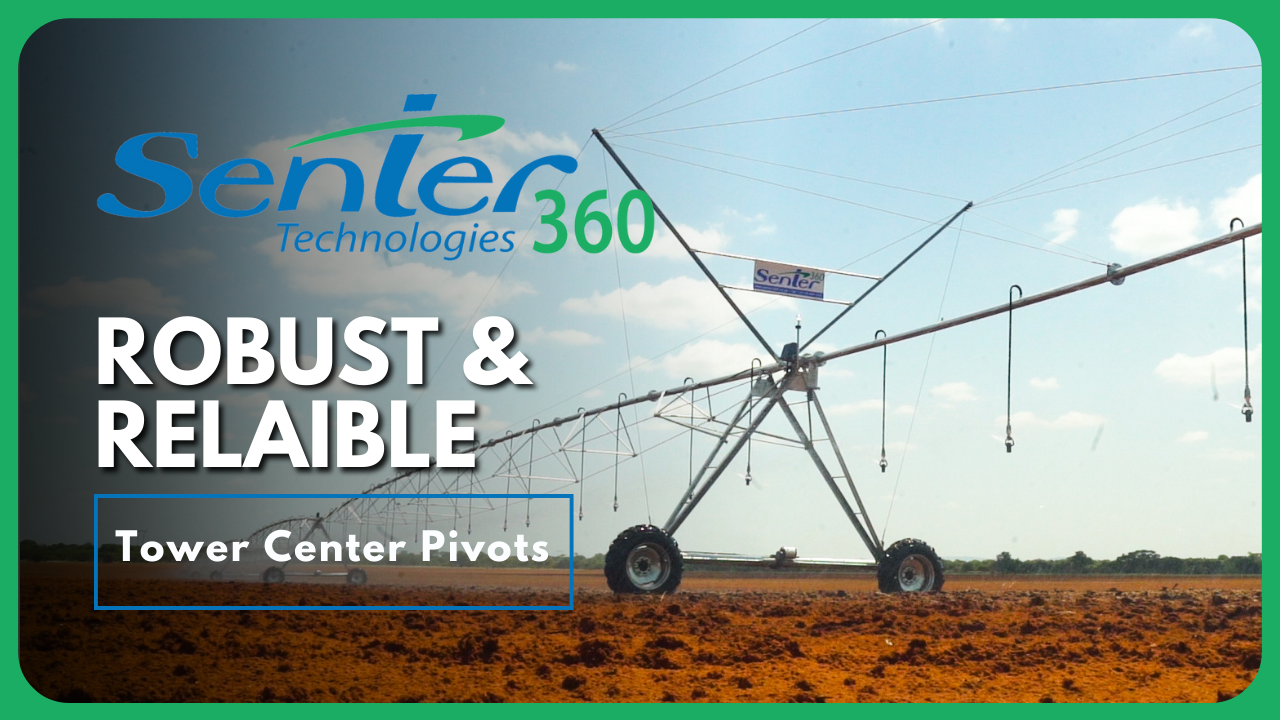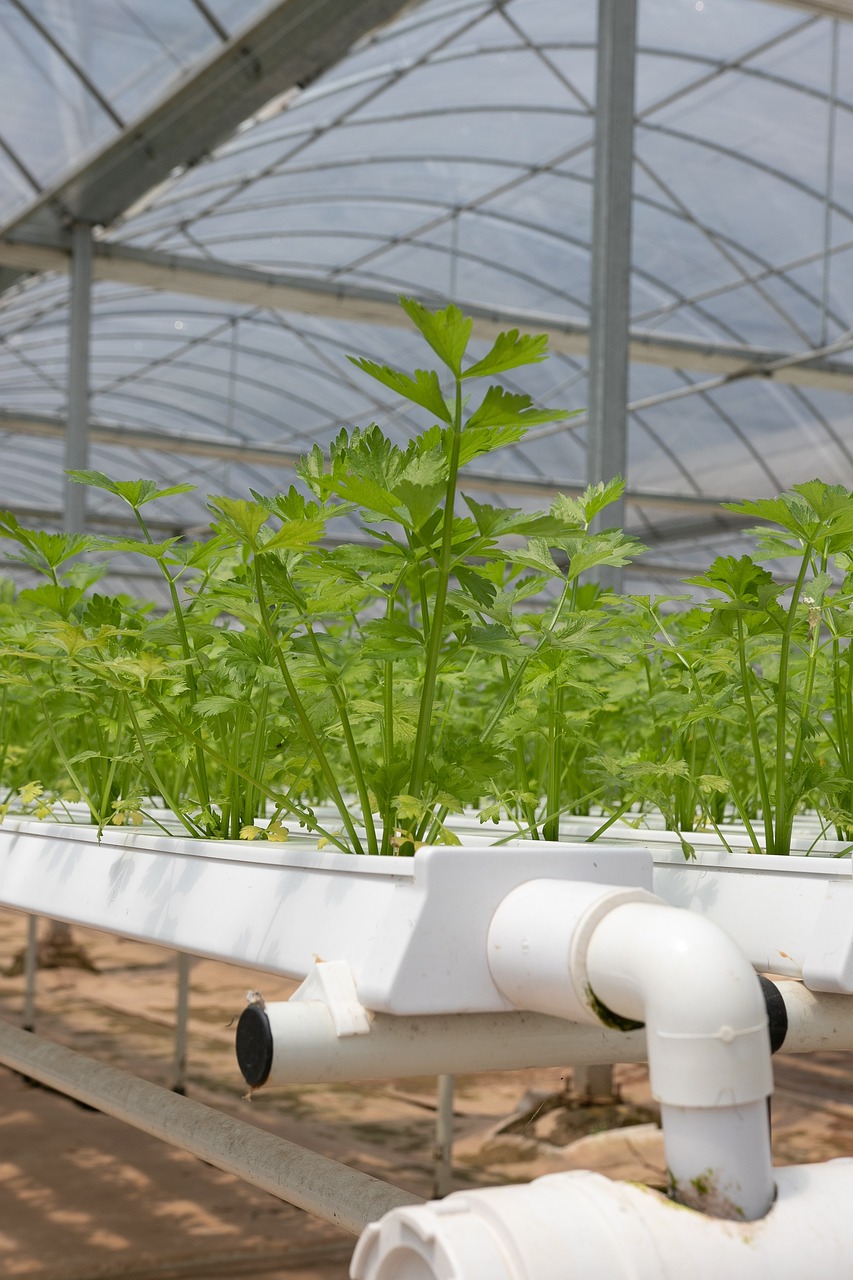The methods used to apply plant protection chemicals are referred to as application techniques.
There are many factors that contribute to good plant protection, including the substance itself and the time of its application. The instructions for mixing and applying a product can be found on the label of the container.
Water as a vehicle
A plant-protection substance’s biological function is not dependent on water; rather, it serves as a vehicle for the product. The ratio of water to insecticide is critical to successful spraying. A large amount of the product flows off the plant when too much water is used. In addition, transporting significant amounts of water to the field is very expensive.
The effective reduction of enormous amounts of water per hectare is now possible thanks to new technology. This is where ultra-low-volume equipment comes in handy. Diesel oil can take the role of water as a vehicle in this technology, reducing the amount of liquid required per hectare to as little as two litres.

Features of several types of hand sprayers
Lever-operated sprayer
For low-volume (LV) and high-volume (HV) applications, lever-operated sprayers are ideal. However, they are not suitable for ultra-low volume (ULV) applications. They’re popular in vast orchards, but they’re
equally at home on a smaller scale.
Manual pump operation maintains spray pressure with lever-operated knapsack sprayers. By balancing the pressure in the chamber, an air chamber keeps the pressure going to the nozzle steady.
Compression sprayers
Compression sprayers eliminate the need for pumping during spraying. This makes it easier to spray on uneven ground or crops that may need to be held with one hand. Make sure you don’t fill the sprayer more than two-thirds full. After that, pump it up to a pressure of (typically) 5 bar and start spraying. Compression sprayers and lever-operated sprayers have the same volume application rates. Small-scale farmers can also benefit greatly from them.

Compression sprayers. (Image source: pixabay.com by mayapujiati)
Motorised knapsack sprayer
Motorised knapsack sprayers are great for LV and ULV. The engine operates a centrifugal blower that produces high-speed, low-volume air. Spray liquid is fed directly to the air outlet from the tank. The engine must always be at full power to atomize the spray liquid.
Motorised knapsack sprayers treat trees conveniently without pumping. With a ULV attachment, production is five times faster. With a good breeze, the work rate is 20 times that of the other two sprayers. Motorised knapsack sprayers are great for controlling migratory pests. A 20-m-wide swath is possible. When held vertically, it can cover 50 m and throw 10 m. Undiluted oil-based ULV formulations reduce application volume to 2,5 litre/ha.
For field crops, incline the air discharge tube. Swinging the air discharge tube left and right causes self-contamination.

Spinning disc sprayer
Only one to five litres of undiluted product are applied per hectare. The term “micro ULV pesticide sprayer” refers to this type of device because of this. The 12 litre bottle of pesticide flows onto the rotor, or spinning disc, which is powered by an electric motor that rotates at 11 000 revolutions per minute. Spray droplets are carried by the wind to their target. For efficient spraying, a minimum wind speed of one metre per second is required. Based on how fast the wind is blowing and how high they are released, you can pretty accurately guess where they will land.
Safety measures
Protective clothing
Any pesticide application necessitates the use of protective clothing. Pesticides are poisonous, as you should always keep in mind.
The following protective clothing is suggested, but it should not take the place of the instructions included on the label.
Protective clothing upkeep and storage
- After each use of a spray mixture or application round, soap should be used to clean the equipment.
- If the spraying takes longer than a day, have a spare set of cotton overalls on hand.
- Use caution when storing clothing near pesticides and pesticide applicators.

Hygiene and first aid treatment
If a farmer intends to use pesticides, there is just one thing he or she must do. Soap and clean water!
Good personal hygiene at work means washing any exposed skin or protective clothing as soon as possible after coming into contact with pesticides and not eating, drinking, or smoking while at work.
Pesticide poisoning: What to do in an emergency
What are the symptoms of pesticide poisoning?
Keep an eye on the patient’s breathing and prepare to give artificial respiration if poisoning is serious enough.
In the event of pesticide poisoning, the following are the first aid measures that should be taken:
Someone has ingested a pesticide
Only if a very dangerous pesticide has been eaten (toxicity class 1a or 1b), should the person be made to throw up.
Step 1: Identify the product(s) responsible for the poisoning. To determine if vomiting should be induced, consult the product label. The back of the person’s throat can be tickled with a finger to cause vomiting. Maintain the safety of your finger.
Step 2: If vomiting should not or cannot occur, administer activated medicinal charcoal to absorb the pesticide. Activated medicinal charcoal in half a glass of water is the recommended dosage. Do this as many times as you can.
Step 3: Seek medical attention right away. Atropine sulphate is the antidote in cases of organophosphate or carbamate poisoning (injection, do not overdose).
Skin contact with pesticides
Step 1: Take off clothing and wash your skin with soap and water immediately to decrease the amount of poison that can get into your body. The operator must keep 200 litres of water and soap on hand at all times at the application sites in case of an emergency.
Step 2: Wash your hands with soap and water, then put on clean clothes.
Step 3: Obtain medical attention if you have been exposed to products with toxicity classes 1 or 2 on a large area of skin. Atropine sulphate is the antidote in cases of organophosphate or carbamate poisoning (injection, do not overdose).

Droplets on a leave. (Image source: pixabay.com by Chiara_art)
The eyes are splattered with pesticide
The most dangerous time is when the concentrate is added to the water and mixed. Be careful not to get wet!
Because the human eye is such a delicate organ, time is of the essence when administering first aid.
Step 1: Gently flush the eye with water while keeping the eyelid open. For at least fifteen minutes, do this. You can only get rid of the pesticide if you follow the manufacturer’s instructions and wait the 15 minutes they say to.
Step 2: Place a clean piece of cloth over the eye to keep it protected.
A pesticide has been inhaled
Take the person out of the area and into the fresh air as soon as possible. Make sure there are no restrictions to breathing, like tight clothing.
The information in this article is credited to the Namibia Agricultural Union and Namibia National Farmers Union who published the Crop Production Manual in 2008.

